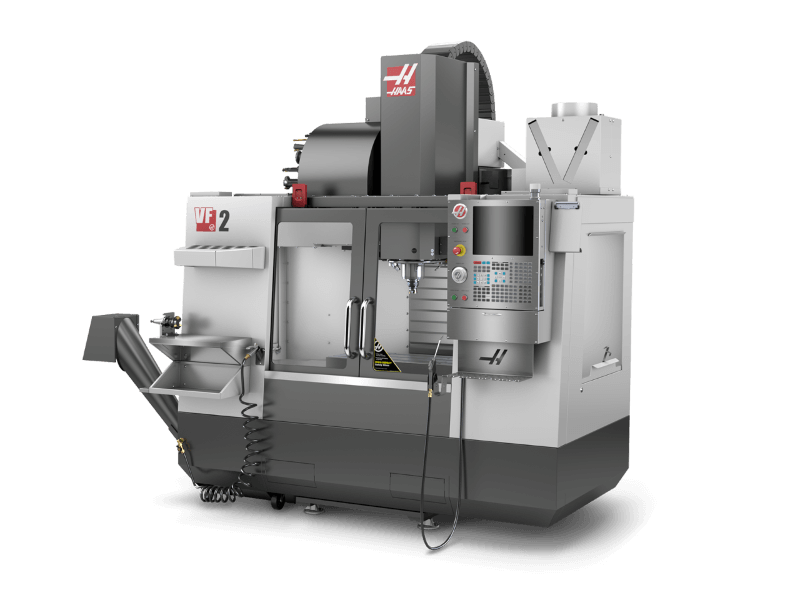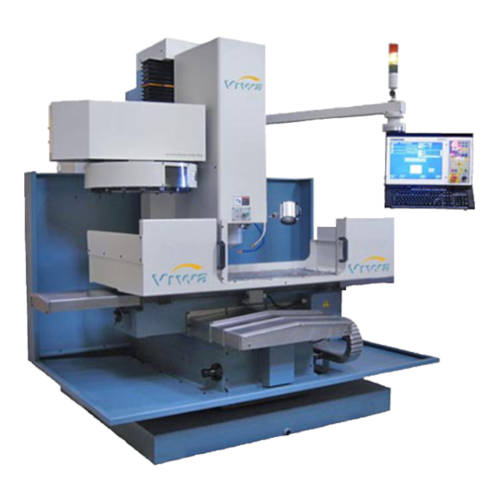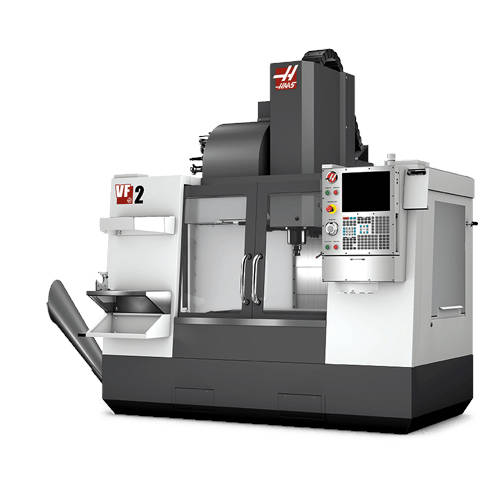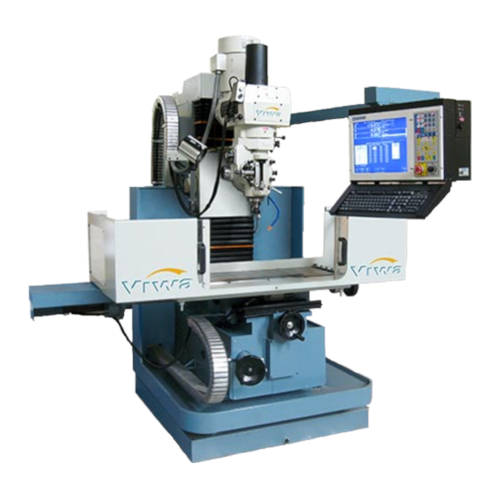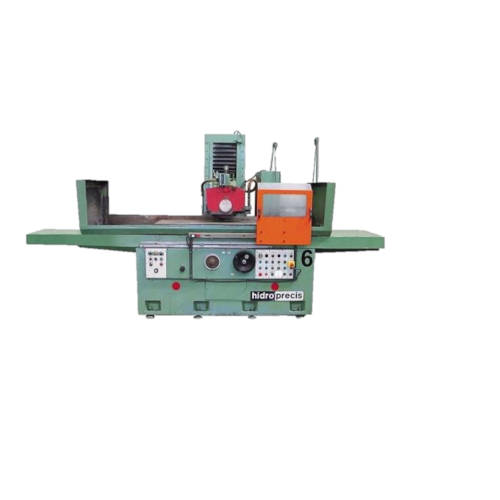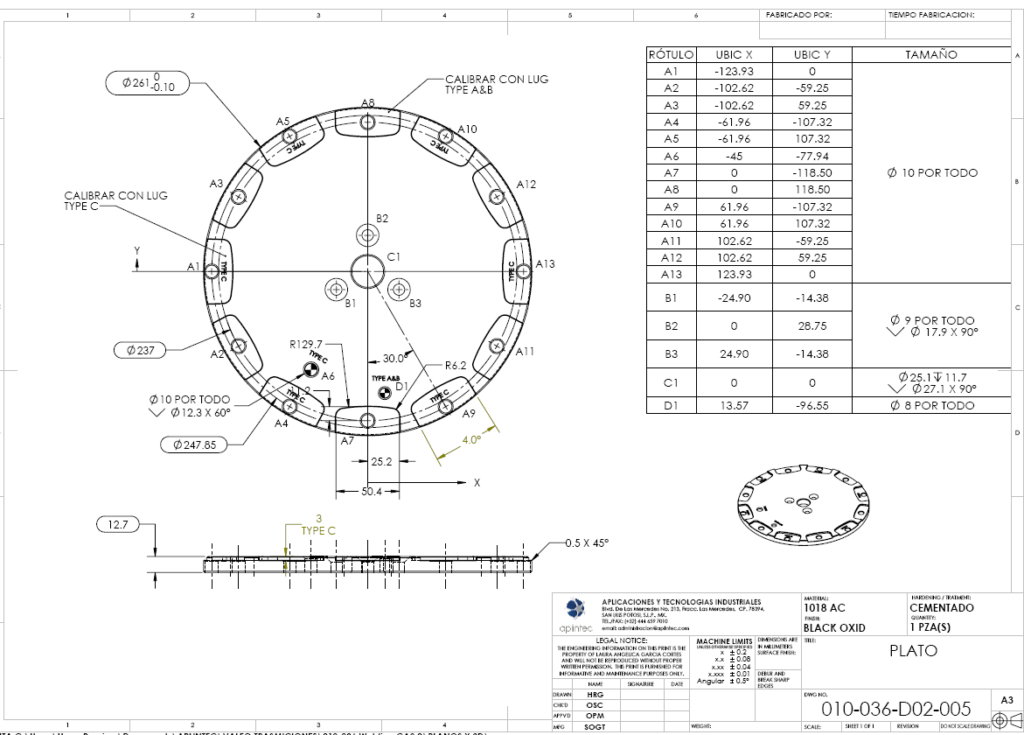In Aplintec makes use of machinery both conventional and computerized numerical control (CNC), in which the staff is responsible either program measures and coordinates or control the machine manually to the manufacture of parts.
We have 13 machines, of which five are of numerical control (CNC) and eight are handled manually (Machinery conventional).
Basic features of the machines
CNC Equipment
CNC is a means of production that is able to develop a set of technological operations automatically, without the intervention of the human being, based on the numeric operations that sets you a computer.
Our Manufacturing process
Due to our ambition to improve the efficiency of our manufacturing process, as well as the quality demands of our customers, we are making our traditional machining process evolve towards a CNC machining process, taking advantage of several commercial solutions allowing the automation and control of the stages.
The centers of machining of several axes and / or multi-function lathes allow us to obtain a complex piece, completely finished, starting from a billet or a metal bar and all this in a single subjection avoiding losing precision and time when manipulating the pieces and re-attach them. These machines with numerical control, offer versatility, high production capacities, and very high accuracy of the order of 30 microns.
Attached to the machining process, another very important point on which we are focused is the correct selection of all the elements that facilitate it: both the tools and tool holders that allow to reach the precision or the required finishes, both the lubricants that help There is less friction at the moment of cutting.
Currently, we are working mainly with the brand Kenametal who supports us in selecting the right tools for our projects.
However, knowing that the manufacturing process is not only a single process, but the result of several processes, we are also working on the entire chain of processes to improve them.
First for the mechanical design part, we are focused on ensuring that both the designs of the pieces, both the dimensions of those, or the selected materials and treatments and finishes to be implemented are correct, and ensure 100% the intended functionality. For that, added to the knowledge of our teams, we support ourselves with several suppliers of materials and thermal treatments that come to add their know-how and experience to ours.
Second, we implemented the use of CAD / CAM software so that our technicians could quickly take the 3D files provided by the mechanical design engineers and carry out the programs to be loaded in the machining centers using the 2D drawings as a source of information for the tolerances and finishes required.
Finally, to have the traceability of the manufactured parts and measure our efficiency, we implemented an ERP that allows us to record which processes each piece goes through, in addition to recording the shift and the technician responsible for this manufacturing.
The evolution towards the use of CNC equipment as well as the implementation of all the tools mentioned above, makes our manufacturing process robust and controlled, allowing us to assure the end user of their satisfaction.

